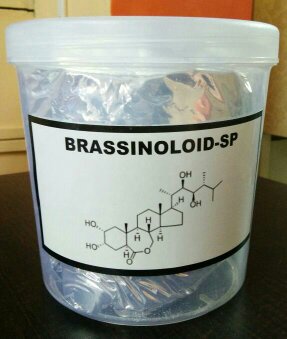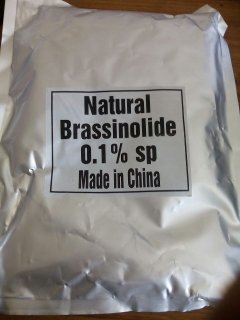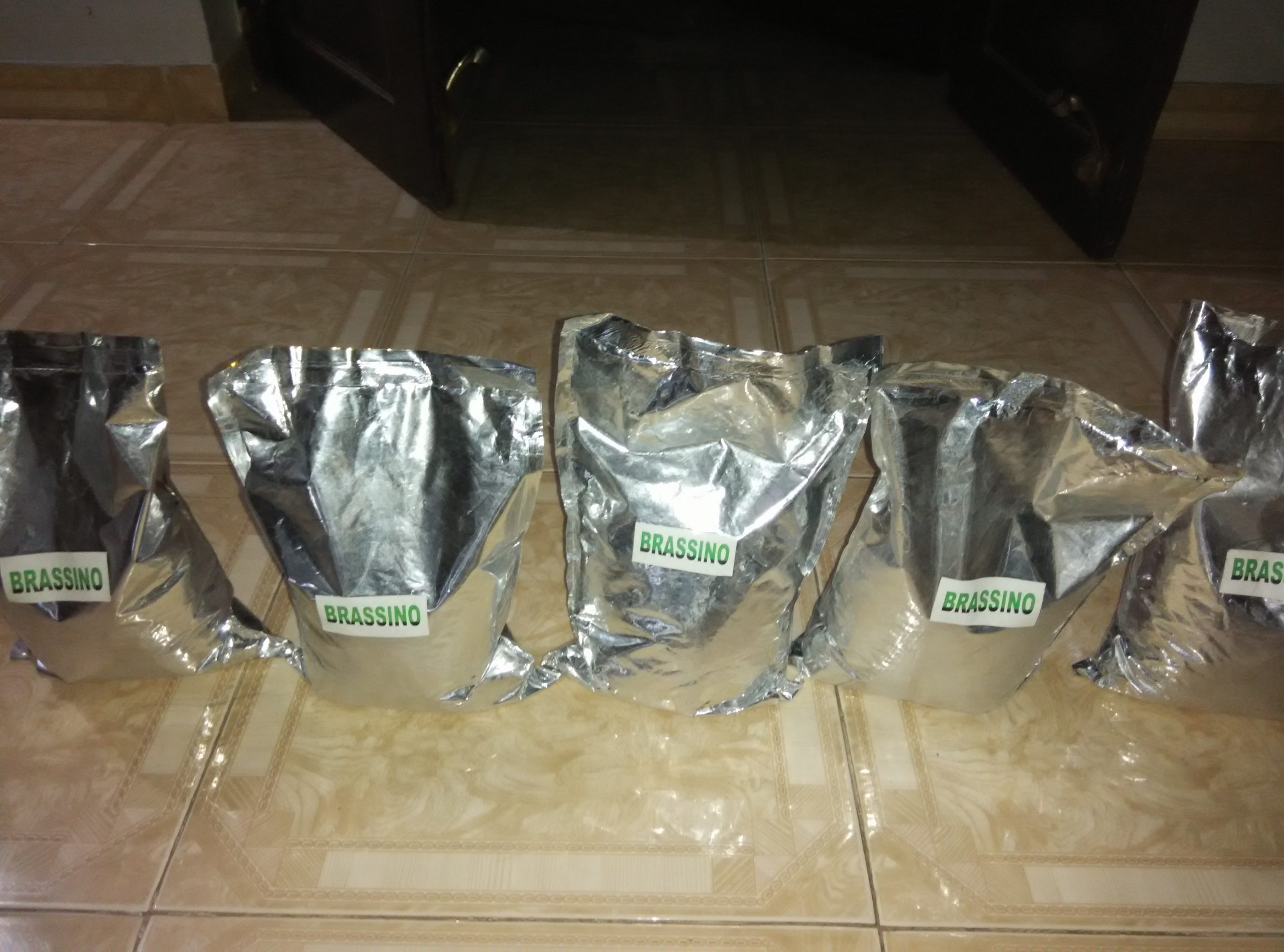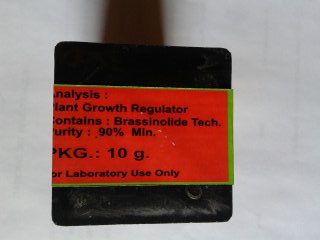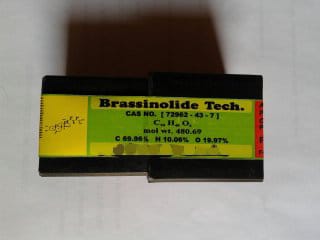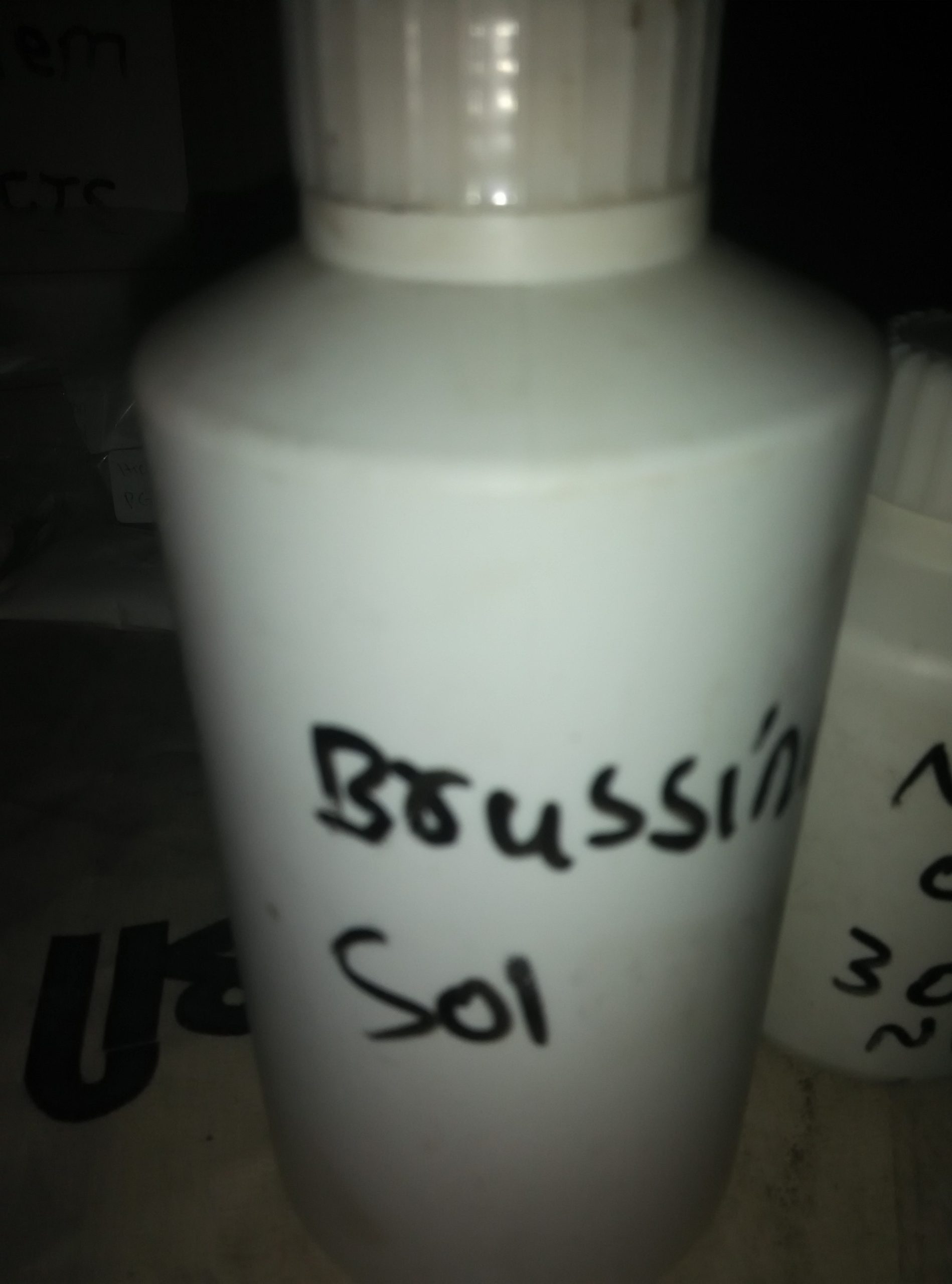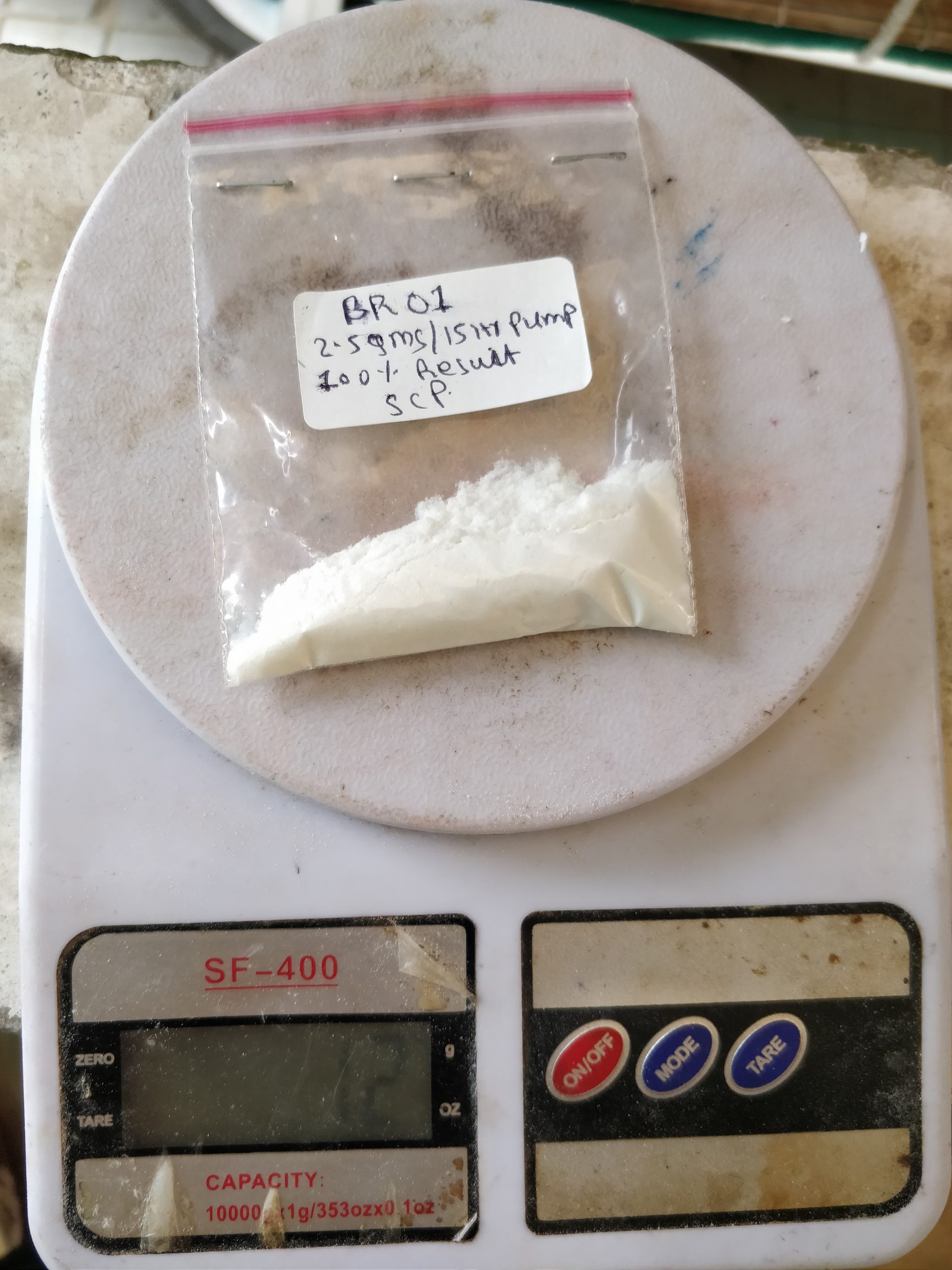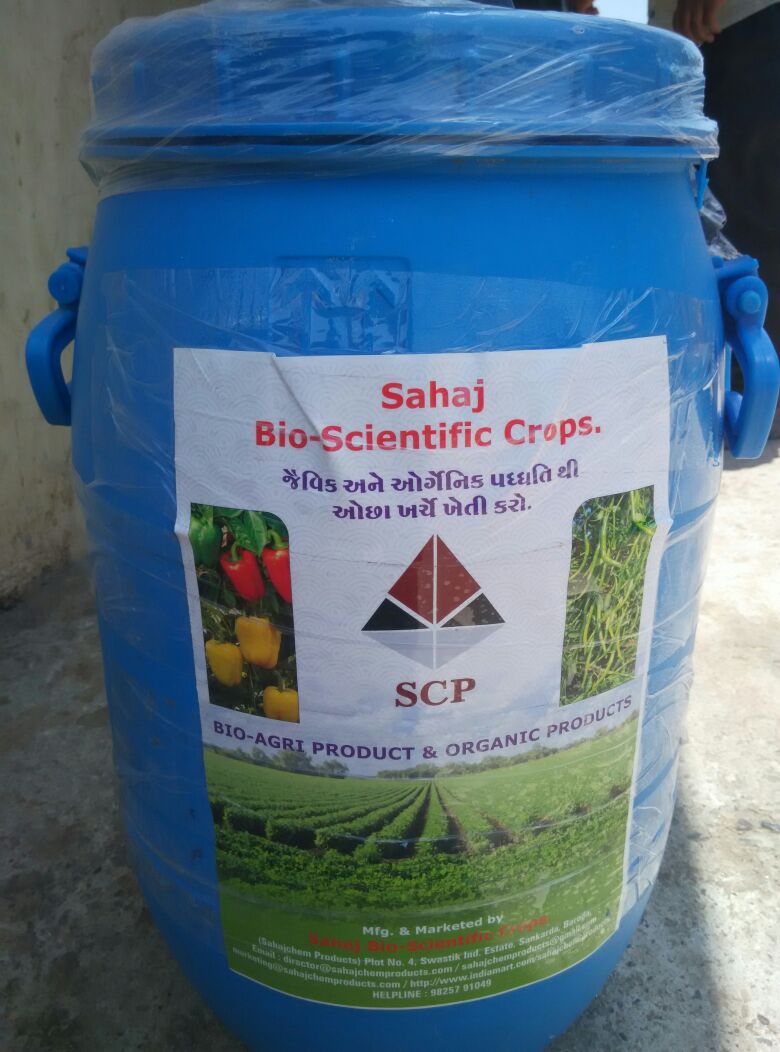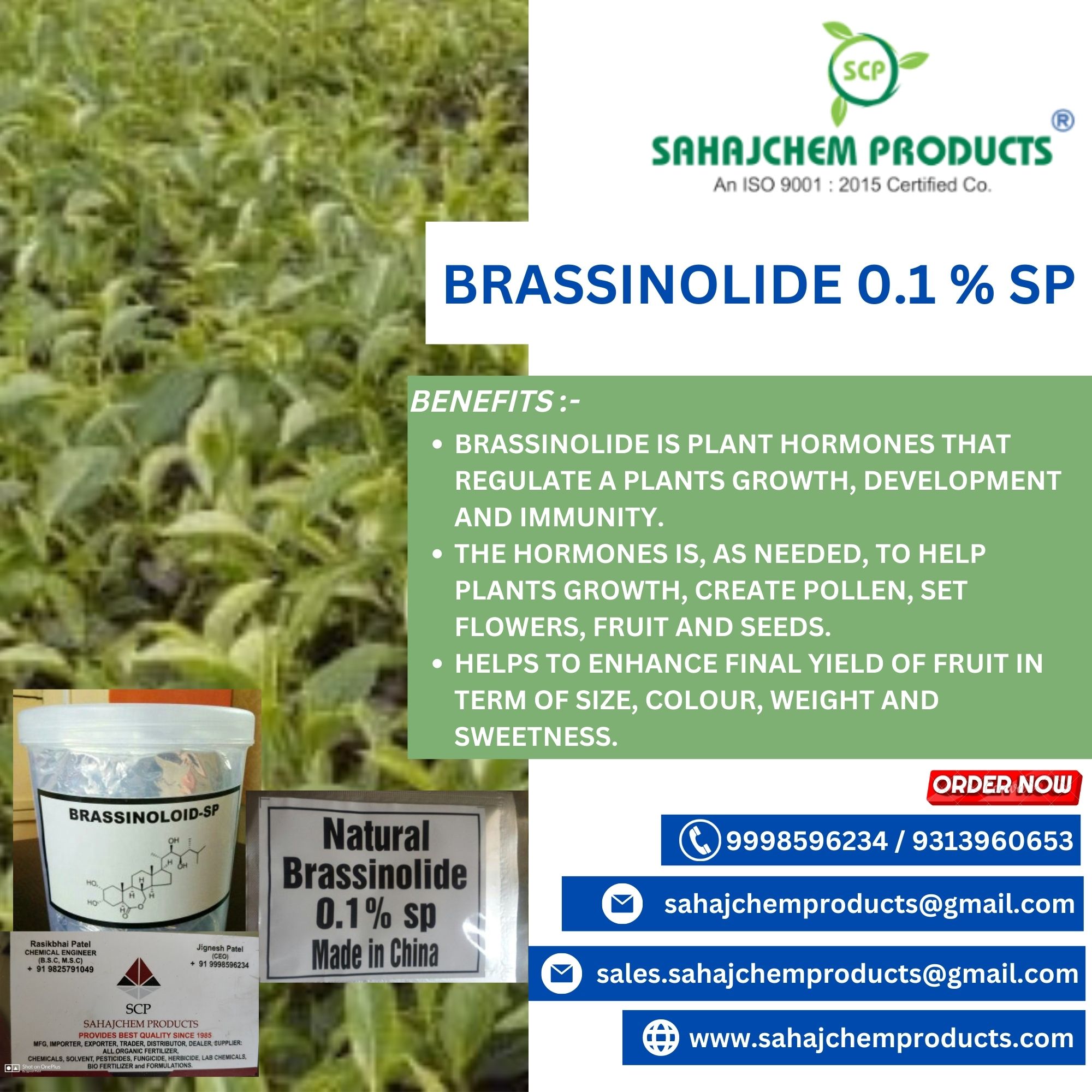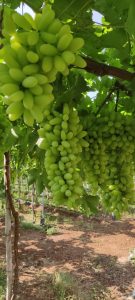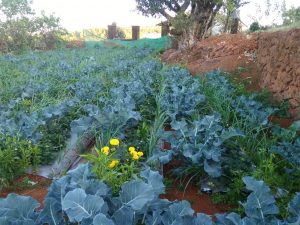Description
Brassinolide was isolated as a steroidal plant growth regulator from the rape pollen in 1979 . Brassinolide is structurally very unique because it carries a lactone moiety in the B-ring and a pair of vicinal diols in the A-ring and side chain. Since the discovery of brassinolide, a number of related steroidal compounds, now referred to collectively as brassinosteroids (BRs), have been isolated from a variety of plant sources including algae, ferns, gymnosperms and angiosperms . Exogenous application of BRs induces a broad spectrum of responses, including increased rates of stem elongation, pollen tube growth, leaf bending at joints, leaf unrolling, proton pump activation, reorientation of cellulose microtubules, and xylogenesis as well as elevated ethylene production . There have been known some typical bioassays to detect the activity of BRs. One can see stem elongation effects using the pinto bean second internode test and mung bean explant test . Leaf bending and unrolling can be detected in the rice lamina inclination test and wheat leaf unrolling test, respectively . The pinto bean second internode test was used in the first isolation of brassinolide in 1979. However, thereafter, the rice lamina inclination test was largely used for the purpose of the purification of natural BRs from a number of plant sources because it is a simple technique with high sensitivity and specificity to BRs.

